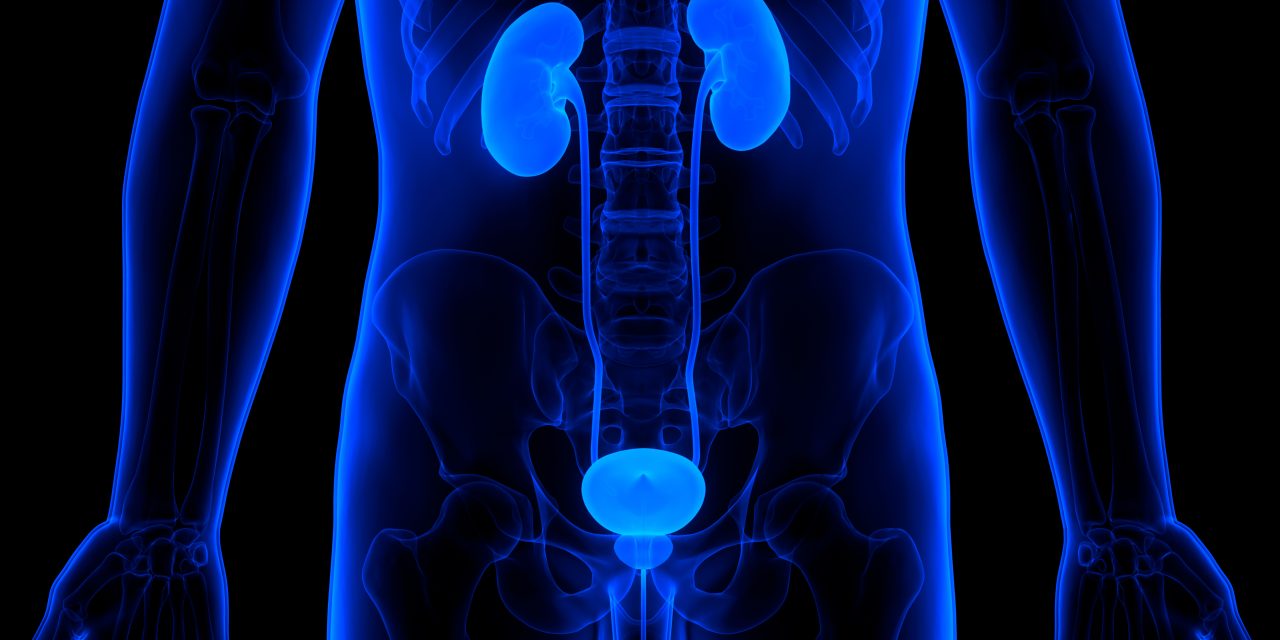Radiography of KUB has been very much perceived as the usually utilized methodology in diagnosing urinary stones. Albeit the radiography has a decent situating capacity, its affectability to urinary stones is low (58%–62%) as a result of its defenselessness to intestinal gas and bones and its low spatial resolution. US is proposed as a compelling imaging methodology in screening intense renal deterrents brought about by nephrolithiasis for its minimal effort and prepared availability.5,6 Nevertheless, the affectability of US to renal stones is simply 24% to 60%. Published literature showed that IVP has a higher affectability and particularity in diagnosing urinary stones, even up to 90%, yet intravenous utilization of difference specialist may expand its results like hypersensitivity, and the moderately high portion of ionizing radiation restricts its wide application. Unenhanced multidetector registered tomography (MDCT) has been broadly viewed as the most delicate imaging device in diagnosing urinary stones, and its affectability is pretty much as high as 97% as indicated by past reports. Because of its high space goal and two-dimensional (2D) and the three-dimensional (3D) postprocessing pictures, MDCT can more readily show the area, shape, and size of the stones and show the form of kidneys, ureters, and the bladders. Nonetheless, the use of MDCT in conclusion or follow-up has stood out to the radiation openness and the monetary weight. Albeit the proposed low-portion MDCT routine diminished the radiation portion somewhat, MDCT is as yet not thought about the favored strategy in the determination and follow-up of urinary stones.
Reference link- https://www.liebertpub.com/doi/10.1089/end.2019.0327


